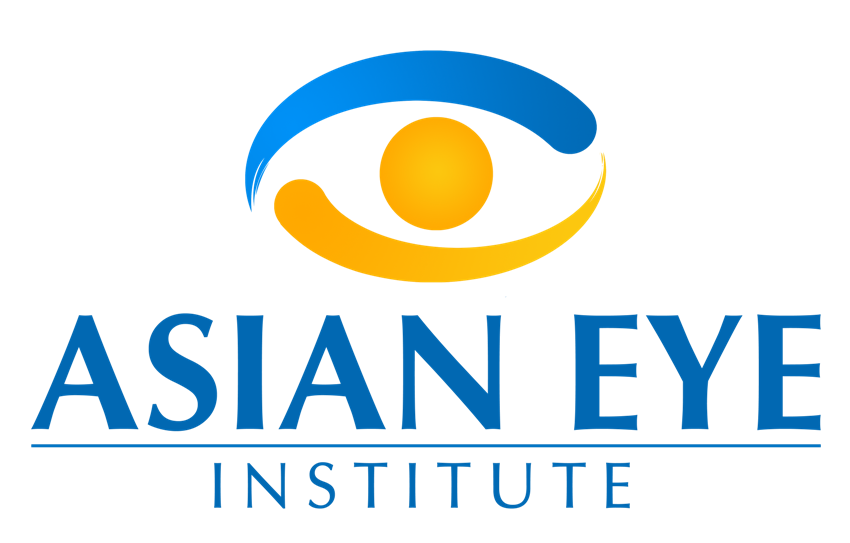Asian Eye Institute
Asian eye institute (AEI) is an eye hospital which corresponds to all kinds of eye trouble such as cataract, glaucoma, and eye disease of the retina and cornea. Since the specialist of each disease is resident, it is also available in the case of complex surgery. , pediatric ophthalmology is also installedfor patients with children. Furthermore, it is also recommended for a person who wants to avail eyeglasses and contact lenses to consult the hospital’s optometrist first. The hospital is also supports LASIK surgery and is equipped with the latest LASIK equipment. LASIK is also known as eyesight recovery surgery. Although it’s still a relatively new technology, it has evolved over time. It is an impeccable treatment for people with myopia, hyperopia, or presbyopia. Even a person who suffered from any of these ailments for 45 to 60 years can be cured by this surgery, with a 100% Success rate.
The history of LASIK started in the late 1800’s. It is in 1939 the first successful myopia surgery happened in Sato, Japan. Incision of the cornea was one for the first time. In 1972, Mr Fyodorov of the Soviet Union successfully made of a new system in the surgery in which only the front of the corneal incision will be refracted. As a result, corneal capacity problem was eliminated. However, wasn’t penetrated widely because the accuracy isn’t good enough. Later in 1980, “excimer laser” with microns of accuracy was used in refractive surgery. It was used for living tissue’s resection or incision. In 1988, McDonald made United States’ first PRK (Photorefractive Keratectomy). It is a scheme with a high accuracy mainstream. Mr. Pallikaris performed a LASIK surgery for the first time and in 1995, the US food and drug administration approved the refractive surgery with excimer. LASIK methods surpassed the PRK system. There was an early recovery of vision, and less post-operative pain. In 2000, Japan’s Ministry of health also approved the refractive surgery with excimer.

















